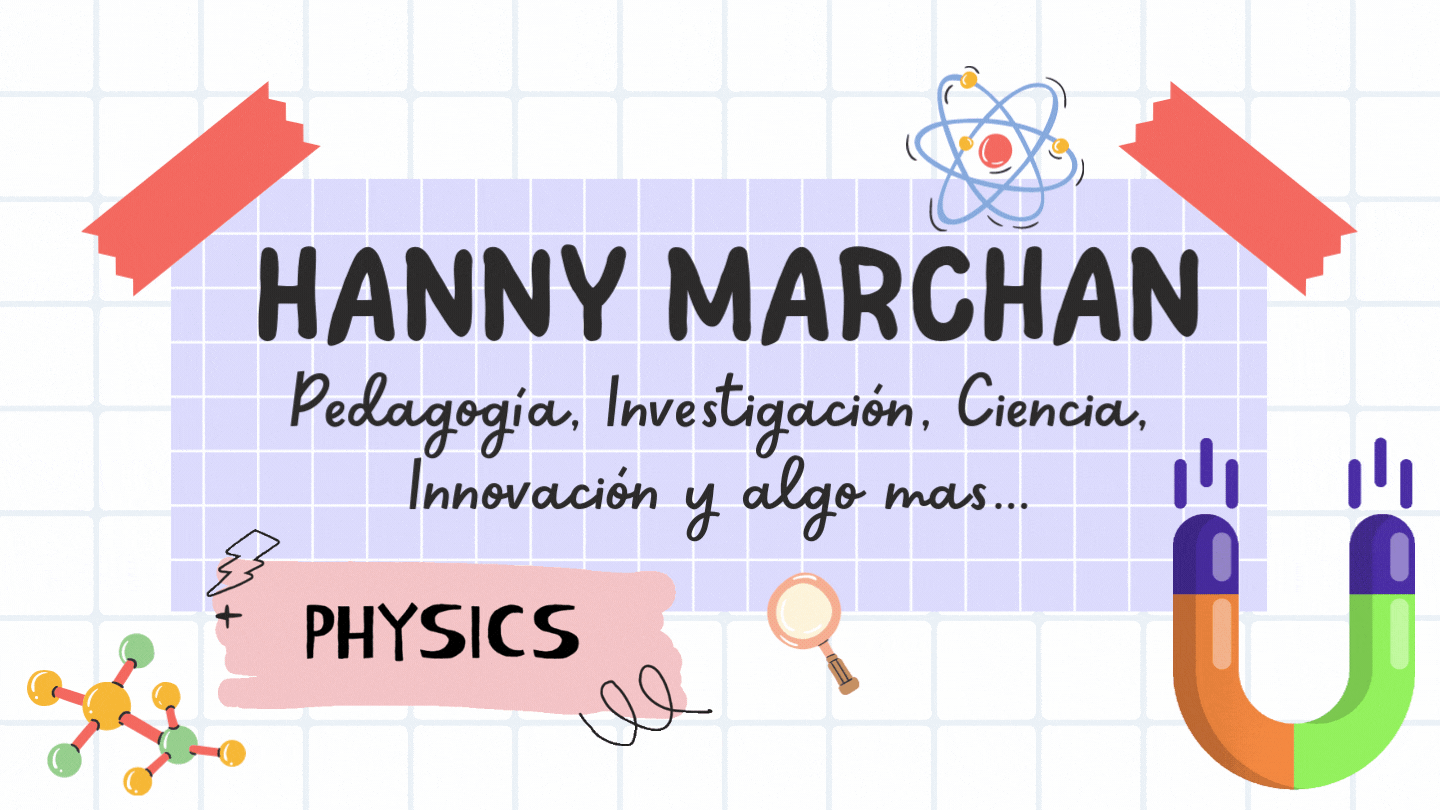Las partículas son sólidos pequeños, los cuales pueden estar en un solo lugar en un momento dado, siendo completamente posible conocer el punto en el que se encuentran. Sin embargo, las ondas son como perturbaciones que se extienden en el espacio, algo parecido como una piedra cuando cae en un lago, es por esta razón que se vuelve más complicado decir en qué sitio se encuentra exactamente, porque se está desplazando de manera simultánea por varios puntos. En conclusión las partículas pueden tener una posición definida, pero las ondas no, pudiendo estar en varios puntos al mismo tiempo.
En el mundo cuántico se establece que una partícula puede comportarse simultáneamente como luz y como onda, y en este hecho hay una variable súper importante que es la longitud de onda, la cual está directamente relacionada al movimiento de la partícula. Es por ello, que si una partícula se mueve muy rápido o posee una masa muy grande, entonces posee una longitud de onda muy corta, pero si se mueve lento o es minúscula, presentará una longitud de onda grande. Este es el motivo por el cual no precisamos la longitud de onda en nuestra cotidianidad, los objetos son tan grandes y pesados por lo que la longitud de onda es muy corta.
Particles are small solids, which can be in only one place at a given moment, making it entirely possible to know their exact location. However, waves are like disturbances that spread out in space, similar to a stone falling into a lake. This makes it more difficult to say exactly where they are, because they are moving simultaneously through several points. In conclusion, particles can have a defined position, but waves cannot, as they can be in several places at the same time.
In the quantum world, it is established that a particle can behave simultaneously as light and as a wave, and in this fact there is a very important variable, which is wavelength, which is directly related to the movement of the particle. That is why if a particle moves very fast or has a very large mass, then it has a very short wavelength, but if it moves slowly or is tiny, it will have a long wavelength. This is why we do not need wavelength in our daily lives; objects are so large and heavy that the wavelength is very short.

[Source](https://mediatheque.lindau-nobel.org/recordings/36331/quantum-mechanics-2-es)
Sin embargo, es un gran dilema cuando necesitamos medir partículas pequeñas, pues su precario tamaño y masa conlleva a longitudes de onda tan grandes como para ser medidas. Pero si conocemos la longitud de onda, yendo al caso de la onda, entonces perdemos la capacidad de decir exactamente dónde se encuentra la partícula. Ahora sí estamos en el caso contrario, escogemos saber dónde está la partícula, entonces no tendremos información acerca de la longitud de onda. Esta mezcla de situaciones fue lo que dedujo Werner Heisenberg y lo establecido en su famoso principio.
However, it is a major dilemma when we need to measure small particles, as their precarious size and mass lead to wavelengths that are too large to be measured. But if we know the wavelength, going to the case of the wave, then we lose the ability to say exactly where the particle is. Now we are in the opposite situation: if we choose to know where the particle is, then we will have no information about the wavelength. This mixture of situations was what Werner Heisenberg deduced and established in his famous principle.
-----------
Ya para despedirme espero que el tema sea del agrado de los lectores y deseo ver en los comentarios sus opiniones y aportes significativos que ayuden a la ampliación del tema y que genere un debate crítico y enriquecedor para la satisfactoria divulgación del conocimiento científico
In closing, I hope that the topic is to the readers' liking and I hope to see in the comments your opinions and significant contributions that will help to broaden the topic and generate a critical and enriching debate for the satisfactory dissemination of scientific knowledge.
--------------
Referencias
Freire, N. (2024). El Principio de Incertidumbre de Heisenberg y sus implicaciones en el mundo cuántico.[Documento en línea] [Disponible en:](https://www.nationalgeographic.com.es/ciencia/principio-incertidumbre-y-limites-cuanticos_21758)
Halliday, D; Resnick, R & Krane K. (1999). Física Volumen 2. Compañía Editorial Continental: México.
References
Freire, N. (2024). Uncertainty Principle and its implications in the quantum . [Online document] [Available at:](https://www.nationalgeographic.com.es/ciencia/principio-incertidumbre-y-limites-cuanticos_21758)
Halliday, D; Resnick, R & Krane K. (1999). Physics Volume 2. Continental Publishing Company: Mexico.
-----------------------
Traductor Deepl
Translator Deepl
---------------


Posted Using [INLEO](https://inleo.io/@hannymarchan/el-principio-de-incertidumbre-de-heisenberg-heisenbergs-uncertainty-principle-knu)
#hive-196387
#inleo
#stem-espanol
#spanish
#ciencia
#educacion
#principiodeincertidumbre
#cuantica
Payout: 5.315 HBD
Votes: 479
More interactions (upvote, reblog, reply) coming soon.